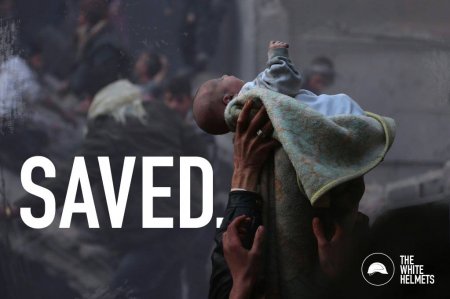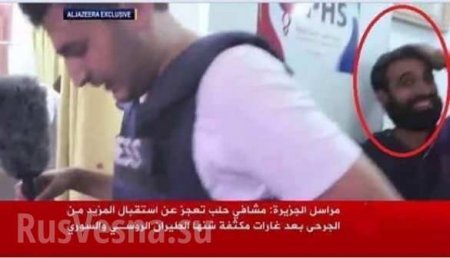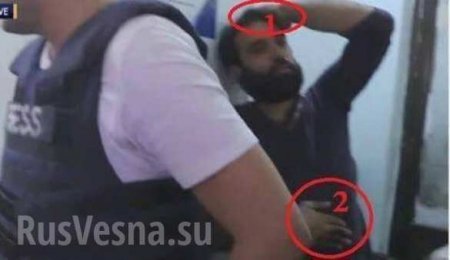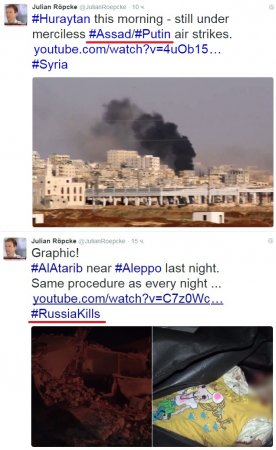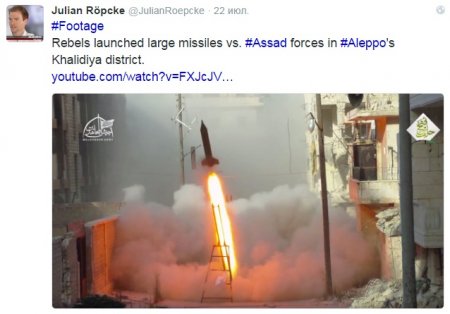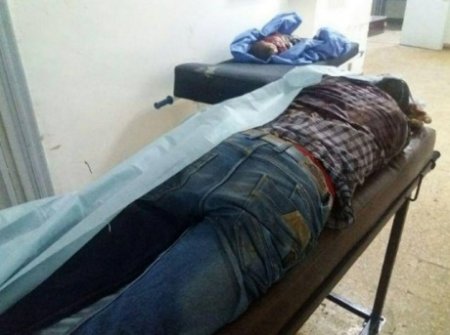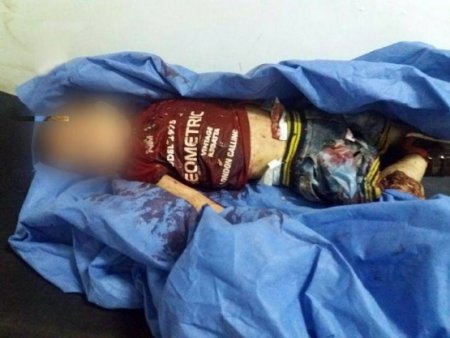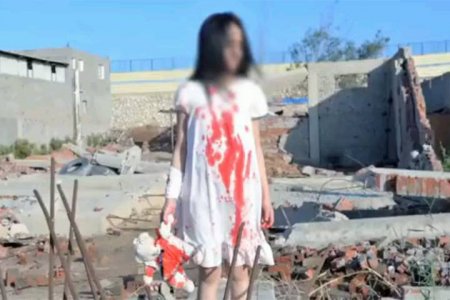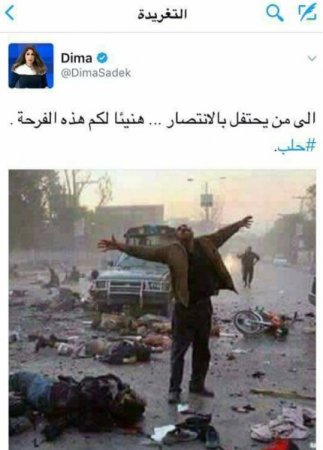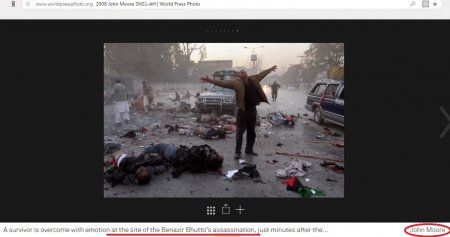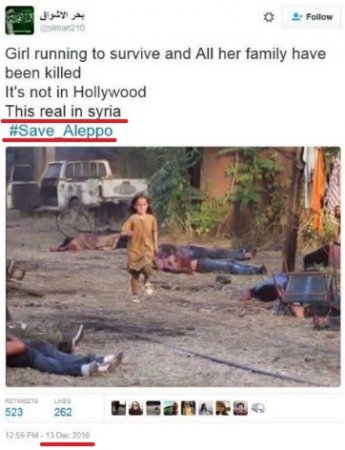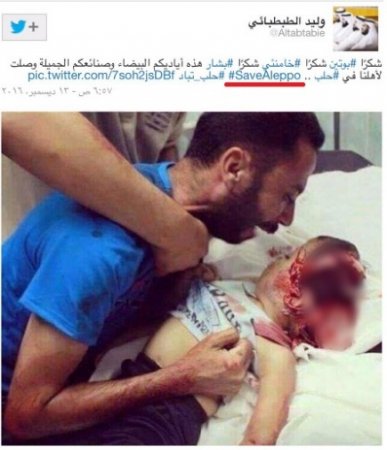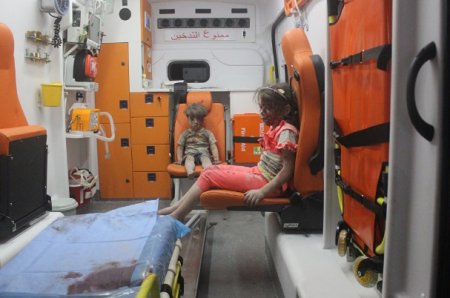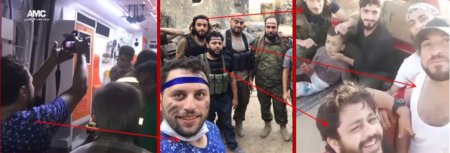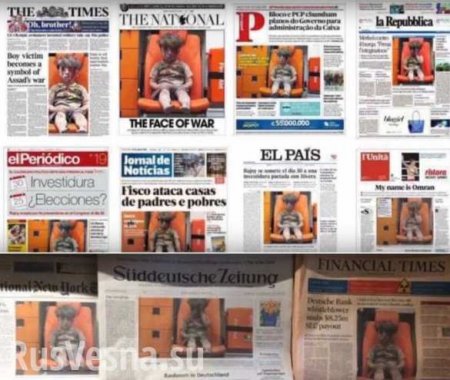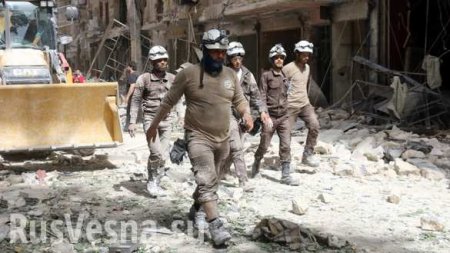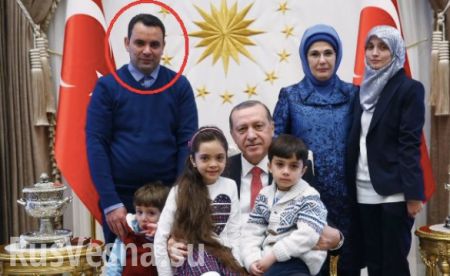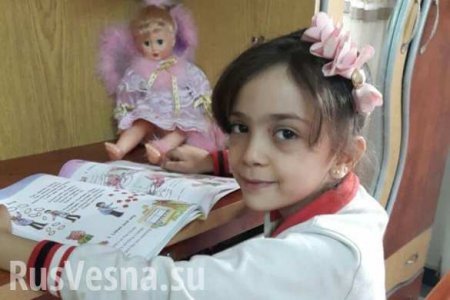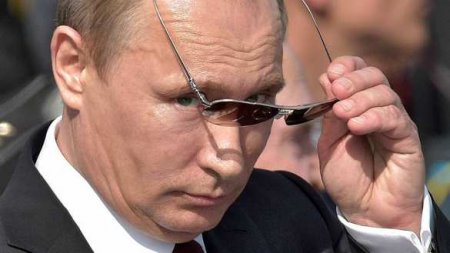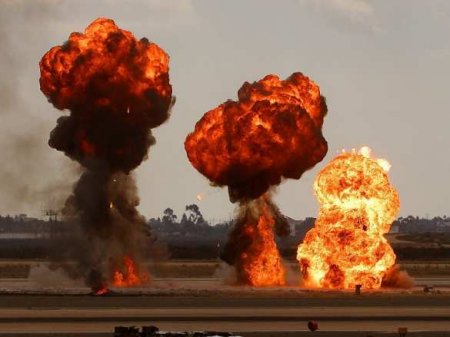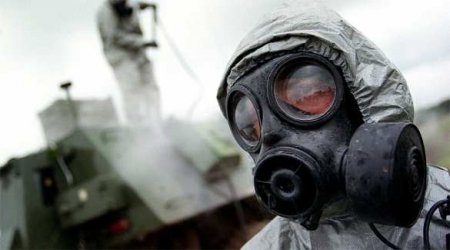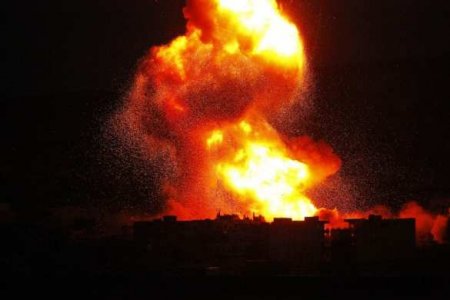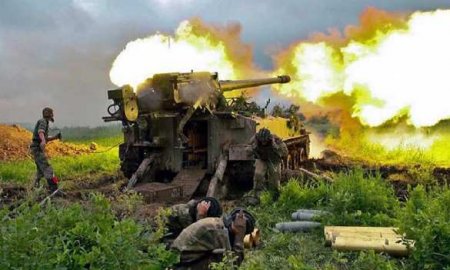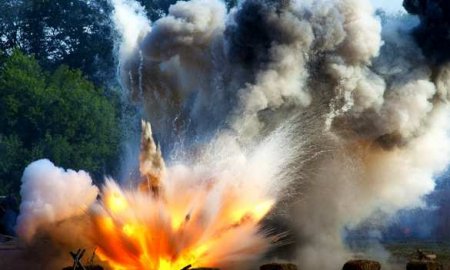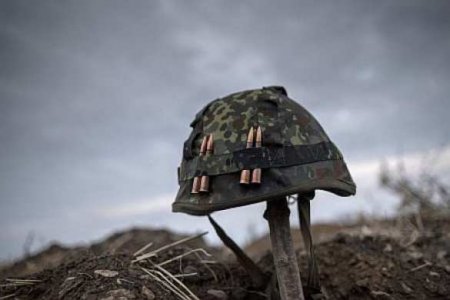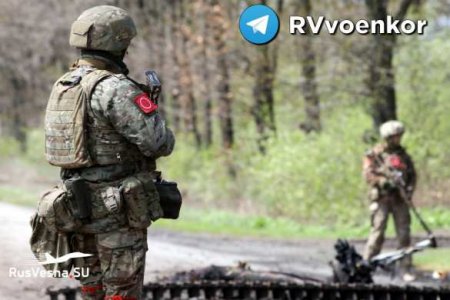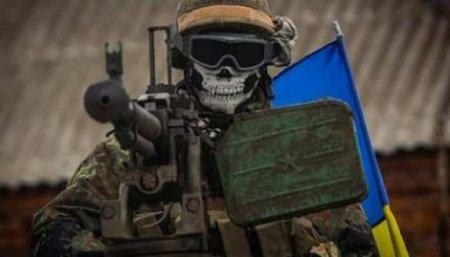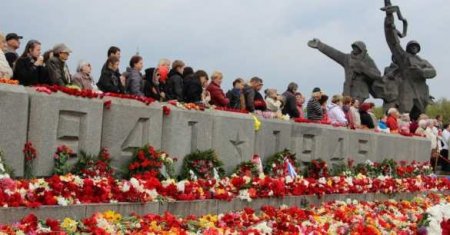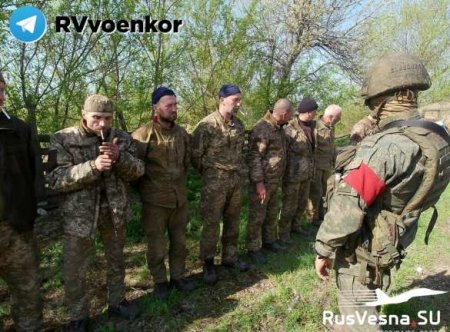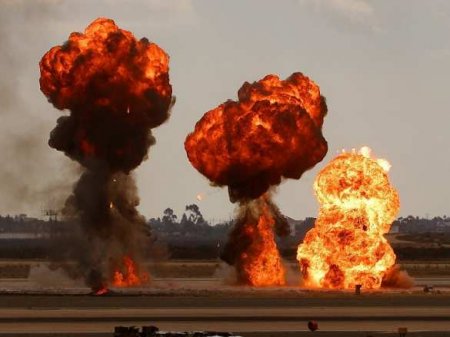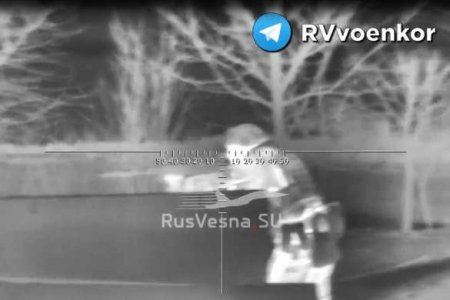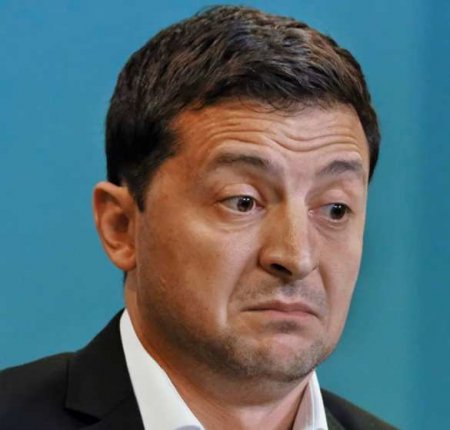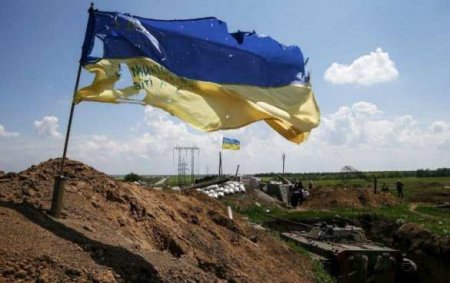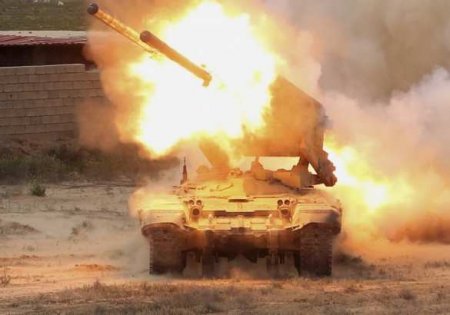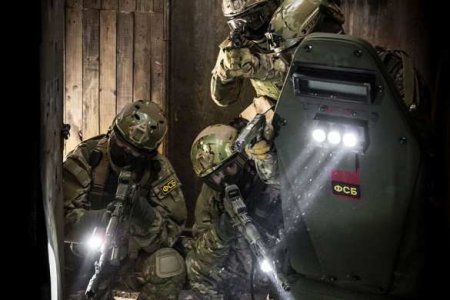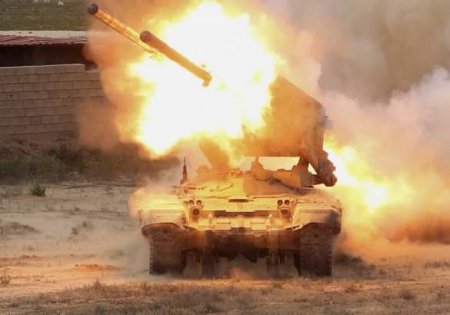Guidelines to expose fake accusations against Russian Federation in Syria
Video (lat. «video» — to watch, to see) — electronic technology of formation, recording, processing, transmission, storage and playback of mobile image, based on the principles of television.
Video recording — electronic technology for recording visual information presented in the form of a video signal or a digital stream of video data on a physical medium in order to preserve this information and the possibility of its subsequent reproduction and display of the device output (monitor, screen or display).
Fake is an information hoax or deliberate distribution of disinformational materials in social and traditional media.
Damage caused by fakes
False messages and videos contribute to:
— formation of a negative perception without reference to reality;
— reinforcement of stereotypes that contradict logic and common sense;
— expenditure of resources to refute inaccurate information and image losses;
— misinformation of the public and information cover-up of own actions.
Factors contributing to fakes spreading
Among the main reasons are the following:
— insufficient public awareness of the issues raised by such materials;
— lack of possibility to filter such materials in search engines for inaccuracy;
— greater receptivity of the general public to the so-called «shock» news in comparison with ordinary information reports;
— informational background that favors positive perception of fakes in the media mainstream.
Organizational and technical recommendations for the recognition of fakes:
First of all, it is necessary to check the channel (page, user) which happens to be the source of the video or message. If it is new, it is likely that this was done for the purpose of posting the publication.
Number of subscribers does not play a major role here. This indicator can be easily «twisted» with the help of special services. Therefore, it is necessary to make sure that the subscribers are «alive». To do this, just check the comments: in rare cases, the author will respond to them. Owners of the «fake» channels (accounts) will not communicate with subscribers.
However, if certain order is well-paid, it may be different: the author of the channel or «sympathizers» will actively post comments and advertise this or that publication, thus attracting an additional audience.
Once you are familiar with the information about the channel in search engines, you should search by keyword. This is the easiest way to identify inaccurate information or even a full disclosure of a fake. Today, there are many programs in place to voice the video, or to make the necessary corrections and changes to them. A keyword search will produce a complete list of similar videos. Next, each of them should be checked: the first one by date of publication is the original, and the rest is either copyright or a modified version «for yourself». Also, in the original, using all the same comments, we can determine the country of creation of the original video, and with a certain proportion of luck to communicate directly with the author, if he contacts you.
In order to make the false material more impressive and solid authors resort to the method of full copying well-known news agencies’ sites with one distinction — they change some insignificant detail, which 90% of ordinary users will not notice. For example, in the name of the Guardian news agency, «The Guardian» «U» can be replaced by a similarly looking «V». As a result, we will get «The Gvardian», which will remain unnoticed by most readers. Therefore, you should carefully review the name of the source. Also, it is necessary to study well the previously published materials on this resource — they are likely to be full of dubious content.
Very often published materials refer to «eyewitnesses» or «those who wish to remain incognito» also referred to as insiders. Such videos should be immediately sent to «fakes» section. Such placement of information implies the ability of the owner of the channel to present material in such a way which it is necessary or convenient for him.
Trust in the material will be lower if it is not published or shared by most news agencies. This is actively used in the West. Any material ordered for political purposes is actively «spread out» by the information giants. This has led to the fact that now too active distribution with a high degree of probability indicates that this is a planned action.
The first fake news reports and video materials about victims of RuAF airstrikes among the civilian population of Syria appeared just after Russian Armed Forces’ operation in the Syrian Arab Republic was launched.
Rami Abdurrahman, a Syrian residing in the United Kingdom, who is the head of the UK-funded project «Syrian Human Rights Monitoring Centre (SOHR)», citing local sources, accused Russian pilots of destroying a hospital in Hama province on October 1, 2015.
The debut throw-in was immediately picked up by Western news agencies. There was no evidence provided to the audience.
The inflating of this story in foreign media was intended to distract the attention of the international community from the strike by the United States Air Force, which was carried out on the 2nd of October in 2015: «Doctors Without Borders» hospital in Afghan city of Kunduz.
For example, a new stage of information war has begun for the fake industry, which was created in Syria by the joint efforts of the opposition, radical Islamists and foreign intelligence services — now against the Russian aviation, which stopped takeover of the country by terrorists.
We offer you a list of recommendations prepared on the basis of typical examples, which allows to expose information hoaxes so popular with Western politicians and media.
Guideline 1 — know your audience.
The target audience for the fakes being created in Syria are active supporters of anti-government forces, as well as politicians and media in the countries whose leadership supports these forces (Saudi Arabia, Qatar, Turkey, the United States, the United Kingdom, Canada, etc.).
It is the media and politicians who use untested material created by the fake industry in their speeches. The leadership of Western countries decided to strike with cruise missiles at Syria after the distribution of fake «evidence» of the use of poisonous substances by government troops in the city of Douma near Damascus.
Guideline 2 — Identify the system of fake creation and distribution.
In order to make the fakes objective and plausible, a whole cluster of military pseudo-experts, journalists and media activists is being created, who refer to non-governmental organizations working in the territory of the «moderate» opposition under their control. Such an NGO in Syria has become the well-known pseudo-humanitarian organization «White Helmets».
The «Syrian Civil Defense» organization, known as «White Helmets», which operates on militant-controlled territories, positions itself as «unarmed volunteers, three thousand women and men from different parts of Syria, who have left their jobs as bakers, engineers and school teachers».
In fact, the organization was established in 2013 by a British officer, James Le Mezurier, a military intelligence officer, graduate of the Royal Military Academy in Sandhurst, who had assignments in Bosnia and Kosovo, as well as Iraq, Lebanon and Palestine. Before the beginning of the Syrian conflict, Le Mezurier formally resigned, but actually moved to a private company Oliva, the British counterpart of the American PMC Blackwater Academy, which performs specific assignments of special services, government and large corporations abroad.
According to the official data, the funds for the existence of «White Helmets» are provided by the government agencies of the United States, Britain, Denmark, the Netherlands and Germany. The first contribution was made in 2013. At the same time, «white-collar workers» received an office in Istanbul, Turkish rescuers' equipment and $300 thousand of «lifting» dollars. Soon, the accounts of fraudsters in human misfortune received another 13 million dollars.
Now annually the organization receives about 30 million dollars only from official sources mostly from the USA, Great Britain and Netherlands. But along with anonymous sponsors’ donations the total annual budget of the organization is about 50 million dollars.
The official purpose of creation of the «White Helmets» is simple: to present to the world an image of ostensibly noble «unarmed volunteers — rescuers», not sparing the lives «under bombs of a mode», rescuing the civil population from war. «Former bakers and teachers» play such «rescuers» in front of cameras. The most «trained» activists are directly involved in the organization and conduct of staged footage and other provocations intended to become the reason for accusations against the Syrian authorities.
«White Helmets» are directly related to the staged use of poisonous substances in East Ghouta in 2013, in Aleppo in 2014, in Khan Sheikhoun in April 2017, in Idlib and again in East Ghouta in 2018.
Photo 1
It is noteworthy that in the video of this organization people act as statisticians.
Photo 2, 3
Not all the examples are as obvious as this bearded smiling «victim», but the role of the «white helmet men» who distract from the image of the «rescuer» from the inconsistencies in the information reported or displayed will be shown below.
A number of media activists, network journalists and amateur human rights activists work along with «White Helmets. A distinctive feature of their blogs on social networks is their one-sided coverage of events: The «regime» and the Russians are bombing only civilians, and there is no need to know anything else about what is happening in Syria.
Cynical «know-how» of the information war in the Syrian direction (worked out by Western propagandists back in the 1990s on the topic of Yugoslavia and Iraq) became pseudo accounts on Twitter.
Thus, Bana Alabed, a seven-year-old girl from East Aleppo, became known in September 2016. She told about the hard life in the «besieged» city — though before that in the siege of opposition fighters and terrorists «Nusra» and ISIS was exactly the Western Aleppo, where thousands of civilians died under the bombardment of jihadists — and called on the international community to put pressure on Russia and Syrian President Bashar al-Assad. The girl posted up to 120 messages a day in good English from an area without electricity or Internet. In early 2017, Bana and her family (her father was one of the activists of «Muslim Brotherhood» organization) arrived in Turkey. In February, she met President Recep Tayyip Erdogan and then spoke to local journalists. That’s when it turned out that the girl can barely speak English.
Let’s look, for example, at the German russophobic journalist, editor of politics section in German Bild, Julian Ropcke. He tweets fakes about «crimes of the Russian Air Forces in Syria», but keeps modest silence about the consequences of the attacks by the «rebels».

Photo 4
During battles for Eastern Aleppo he posted heartbreaking reports on his page every day about the deaths of civilians there, categorically claiming that Assad’s forces and the Russian Air Forces were responsible for their deaths.
Photo 5
However, when it comes to the attacks by «rebels» on residential areas of Western Aleppo, the German journalist immediately loses access to photographic and video evidence.
For example, on 22 July 2016, he reported dryly on attacks by «rebels» on «Assad forces» in the Khalidiyah district.
Photo 6
It is noteworthy that the video link is blocked, and the launch rocket does not allow readers to assess the impact of the impact.
And it would be worthwhile for the Westerners to watch them. The fact is that, on 22 July, the blows of this «opposition» killed a considerable number of civilians in the western regions of Aleppo, including children. And unfortunately, it was just another shelling of thousands of others by militants of opposition-terrorist for four years.
Photo 7
Photo 8
In Aleppo, on 22nd of July 2016 alone, «rebels» killed five people, including a mother and child, and injured almost 30.
On the following day, 23rd of July 2016, militants again attacked Aleppo’s residential areas, killing 11 civilians and injuring more than 40.
But the «objective» German journalist Julian Ropke did not mention this on his Twitter account.
Guideline 3 — pay attention to the standard of production and analyze the presentation of information, identify its problem areas.
The industry of fakes created by the West requires beautiful pictures and pathetic scenes. This determines the need for early preparation of throw-in channels, as well as videos and appropriate direction. Then it is an absence of a picture where it should have been by the law of the genre and the content of the fake itself. When the quality of the performance is compromised, there is a lack of logic and inconsistency in the reported information.
In Syria, for example, the need to compensate for the inaccuracy of the information with blood led to the use of fake photos and videos.
Thus, early in October of 2015, video clips with comments were distributed on the World Wide Web saying «Russian planes are hitting the residential areas of Tel Bisa. That video was also included in their broadcasts by major Western TV channels. However, as Russian blogger Anton Khashchenko discovered: «These videos are actually dated 2011. They are all publicly available. You can see that the video was recoded yesterday and given away as actual. And published via channel, which was created the day before the actual events.
During the operation of Eastern Aleppo liberation in 2016 from Jabhat al-Nusra and other radical groups, Russian aviation observed a moratorium on bombing urban areas. However, in order to give a picture to Al-Jazeera and Western TV channels about the destruction of the city by the Russian aviation, militants and supporters of the Islamist opposition were dropping produced clips on Internet.
The scandal occurred after the Egyptian Interior Ministry released a videotape of the detention of the participants in the staged photo shootings with «wounded» Syrian children. A policeman in Port Said, Egypt, noticed a girl in a bloody dress with a teddy bear in her hands who was photographed against the ruins of a demolished building.
Photo 9
The police detained the photographer and parents of the children invited to take fake photos. The photographer confessed that he was posting his «works» on the Internet as if they had been taken in Aleppo, Syria. The blood on the girl’s dress and body turned out to be paint.
Another example. A radical sympathetic online journalist from Lebanon, Dima Sadek, illustrated the «horrors» allegedly committed by the Syrian military in East Aleppo with a photograph taken nine years ago in Pakistan.
Photo10
The journalist did not hesitate to use the famous shot of photographer John Moore taken on December 27th, 2007 in the Pakistani city of Rawalpindi, where more than 20 people, including former Pakistani Prime Minister Benazir Bhutto, were killed in a suicide attack.
Photo 11.
And here is another, even more cynical example: in mid-December of 2016, a pitiful picture of a running girl «whose entire family was killed» was actively distributed on social networks (as claimed in the signature to the photograph).
«It’s not Hollywood, it’s reality in Syria,» says the commentary, which is accompanied by a hashtag #Save_Aleppo.
Photo 12.
But it’s Hollywood actually, just for real. More precisely, a frame from a music video released in 2014.
The girl-actress was shot in the video «Al-RabihAl-Arabi» by the famous Lebanese singer Khiba Tawaji (Hiba Tawaji), participant of the fourth season of the French version of the «Voice» show.
Another shocking shot, distributed on Facebook and Twitter with the same hashtag: the inconsolable father leaned over the body of his child who died in the bombing.
Photo 13.
But it wasn’t made by Aleppo either. This is a screenshot of a video shot in the Palestinian Gaza Strip on 10th of July 2014.
One of the most vivid examples of the staged footage is the story of a five-year-old boy, Omran Daknish, from Katardzhi neighborhood in Eastern Aleppo. Images of a child covered in blood in an ambulance car went viral around the world in the autumn of 2016. Western media claimed that his house was bombed by Russian war planes. But six months later, it turned out that the boy’s family had not left Eastern Aleppo with the militants, but stayed there after the return of governmental forces. The father and his son spoke on Syrian television and then by teleconference in front of diplomats and journalists at a conference in Geneva. According to him, the media team picked up a child in the street after a shell was fired at an apartment building by someone else. He had a cut of the skin on his head, but no one was helping him, he was just being filmed.
Photo 14
The personality of the photographer in a bright blue shirt, who took a «historical» photo of Omran Daknish, arouses interest.
This is Mahmoud Ruslan, whose friendship with the Palestinian teenage militants from Nuraddin al-Zenka, who cut off his head, has become widely known on the Internet.
Photo 15
This selfie was made on August 5th, 2016, i.e. after the shocking episode with the execution of the boy.
However, this episode from biography of the Syrian photographer does not confuse Western journalists at all. For example, Raf Sanchez, a correspondent of British «The Telegraph», promptly posted pictures taken by Ruslan on his Twitter page, citing, however, not him, but an abstract «doctor» who allegedly gave him these photos.
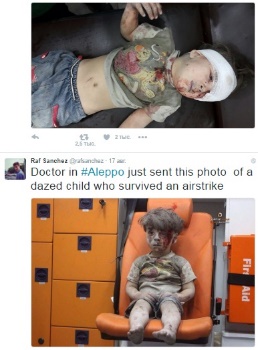
Photo 16
And then «The Telegraph» published a tearful monologue by Ruslan himself, intended at arousing the readers' righteous anger towards the brutal murderers of Syrian children.
The photographer’s close acquaintance with the «moderate terrorists» who cut heads, was, of course, not mentioned in that piece.
This is a typical example of what personalization of a fake facilitator can lead to. Therefore, Western media, human rights activists or the notorious Syrian Observatory for Human Rights try not to identify their sources in publications and stories intended for mass audiences. But even a superficial analysis leads to the authors of this or that information, photo or video. The rest is a matter of search on the Internet. Then, for example, one can quickly find out that the reporter, who was the first in 2017 to report on the «use of chemical weapons by Syrian aircraft» near Khan Sheikhun (a certain Maaz al-Shami) six months earlier, had filmed joyful selfies with the emissary of «Al-Qaeda» Abdallah al-Muhaisini.
Guideline 4 — Identify the primary source and analyze it based on information available online.
As an example, let’s take an article from «Russian Spring» website dated 18.03.2018.
On March 15, 2017, a number of foreign news agencies told the world about the «next crime of the Russian military against the Syrian people».
Referring to «Civil Self-Defense» (the so-called «White Helmets») and «Syrian Observatory for Human Rights», it was reported that the planes of VKS of Russia allegedly carried out two bomb attacks on a house near the street Al-Kussur in the southern part of Idlib. The number of victims, they say, «is in the tens».
However, even a simple review of the news on this topic showed how squirrels are involved in the information war «in the Syrian direction».
Here is the story on the Arabic version of Al-Jazeera TV channel.
* terror organizations banned in Russian Federation
Tags: Al-QaedaAleppoBashar AssadDAESHHayat Tahrir ash-ShamIdlibInformation WarISISIslamistsJabhat an-Nusra / Jabhat al-NusramediaMiddle EastRussiaRussian Air ForceSyriaSyrian Arab ArmyWar In Syria
Количество просмотров: 4
Новости СМИ2
Новости advert.mirtesen.ru
Источник - Русская весна


